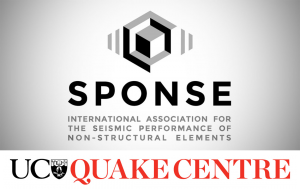
The International Association for the Seismic Performance of Non-Structural Elements (SPONSE) workshop was held at UC in April 2016, hosted by the Quake Centre.

The International Association for the Seismic Performance of Non-Structural Elements (SPONSE) workshop was held at UC in April 2016, hosted by the Quake Centre.
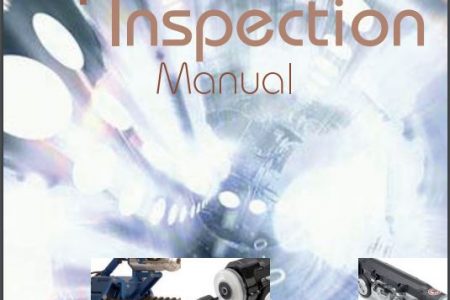
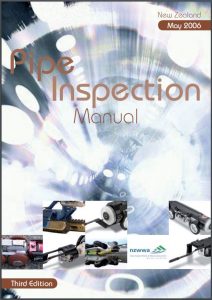 The New Zealand Pipe Inspection Manual (NZPIM) is a document that is extensively used by the water industry to assess the condition of waste and storm water pipes. It was last updated in 2006. Since that time, there have been a large number of technical advances. In addition, the NZ$100 million spent on inspecting the Christchurch 3 waters network after the Canterbury Earthquake Sequence provided a number of lessons that need to be captured in an update. As part of the Evidenced-based Decision Making for 3 Waters Networks project, the Quake Centre with the asistance of EQC engaged ProjectMax to undertake a full review and scope of the required changes to the NZPIM. This exercise has now been completed and the report is out for comment across the water sector.
The New Zealand Pipe Inspection Manual (NZPIM) is a document that is extensively used by the water industry to assess the condition of waste and storm water pipes. It was last updated in 2006. Since that time, there have been a large number of technical advances. In addition, the NZ$100 million spent on inspecting the Christchurch 3 waters network after the Canterbury Earthquake Sequence provided a number of lessons that need to be captured in an update. As part of the Evidenced-based Decision Making for 3 Waters Networks project, the Quake Centre with the asistance of EQC engaged ProjectMax to undertake a full review and scope of the required changes to the NZPIM. This exercise has now been completed and the report is out for comment across the water sector.
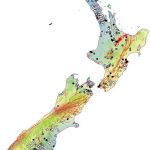
Water-retaining dams form a vital part of New Zealand’s critical infrastructure, providing electricity, potable water and irrigation resources to a large proportion of the country. The damage or failure of these structures would incur a significant potential financial loss to the country; not only from the physical repair or rebuild cost, but also the potential for extended outages in power generation and/or municipal water services.
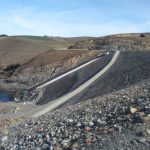 Earth embankment dams form a vital part of New Zealand’s hydropower, agricultural, and water supply infrastructure. The challenges faced in the management of aging embankment dams are compounded by factors specific to New Zealand, including large variability in soil types and the highly tectonic environment in which the dams are located. Internal erosion, triggered by both seismic and non-seismic events, is considered one of the primary risks to New Zealand embankment dams. This study considers the applicability of existing empirical methods to assess the potential for internal erosion and highlights significant shortcomings in the applicability of existing screening methods used to assess the potential for internal erosion in New Zealand soils.
Earth embankment dams form a vital part of New Zealand’s hydropower, agricultural, and water supply infrastructure. The challenges faced in the management of aging embankment dams are compounded by factors specific to New Zealand, including large variability in soil types and the highly tectonic environment in which the dams are located. Internal erosion, triggered by both seismic and non-seismic events, is considered one of the primary risks to New Zealand embankment dams. This study considers the applicability of existing empirical methods to assess the potential for internal erosion and highlights significant shortcomings in the applicability of existing screening methods used to assess the potential for internal erosion in New Zealand soils.
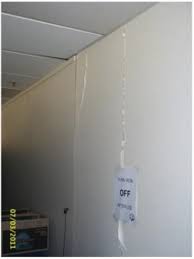
Dry wall partitions are vulnerable to seismic damage even in relatively minor earthquakes. This paper outlines a detail that provides a low damage solution that will protect partitions reasonably severe earthquakes. This cost and time associated with construction is no more than current practices.

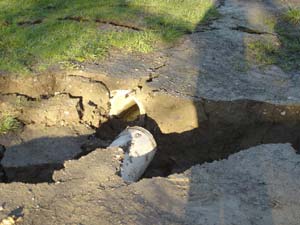
In 2014, the total replacement value of the 3 waters assets in New Zealand was estimated to be about NZ$45.2 billion. As these assets are upgraded or replaced, many difficult decisions will need to be made in respect to the trade-offs between Levels of Service, capital costs, operating costs and management of risk. The aim of this project is to provide guidance and tools to enable New Zealand Water organisations to implement advanced asset management processes to develop inspection, maintenance and renewal strategies for pipework in potable water, waste water and storm water systems.
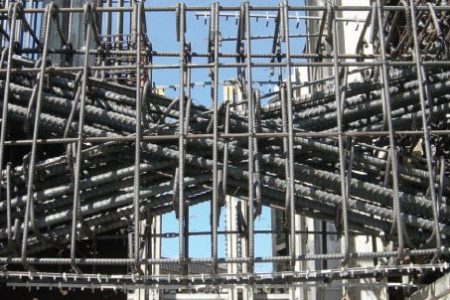
In the Canterbury Earthquakes it was observed that reinforced concrete coupled wall buildings displayed more strength and lower ductility in comparison to their design intent. As an approximate method to account for axial restraint in the design of coupled walls it is recommended that a redistribution of design demands be used to reduce the coupling beam design capacity and to achieve a more desirable coupled wall behaviour.
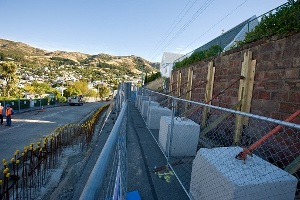
Context Learning from the Christchurch Earthquake sequence and other disasters has highlighted the need for New Zealand’s 3 Waters Services to be seismically resilient. In the context of these guidelines the key aspects of a resilient system are: Robust physical assets with key network routes having appropriate alternatives, and response arrangements in place Effective co-ordination